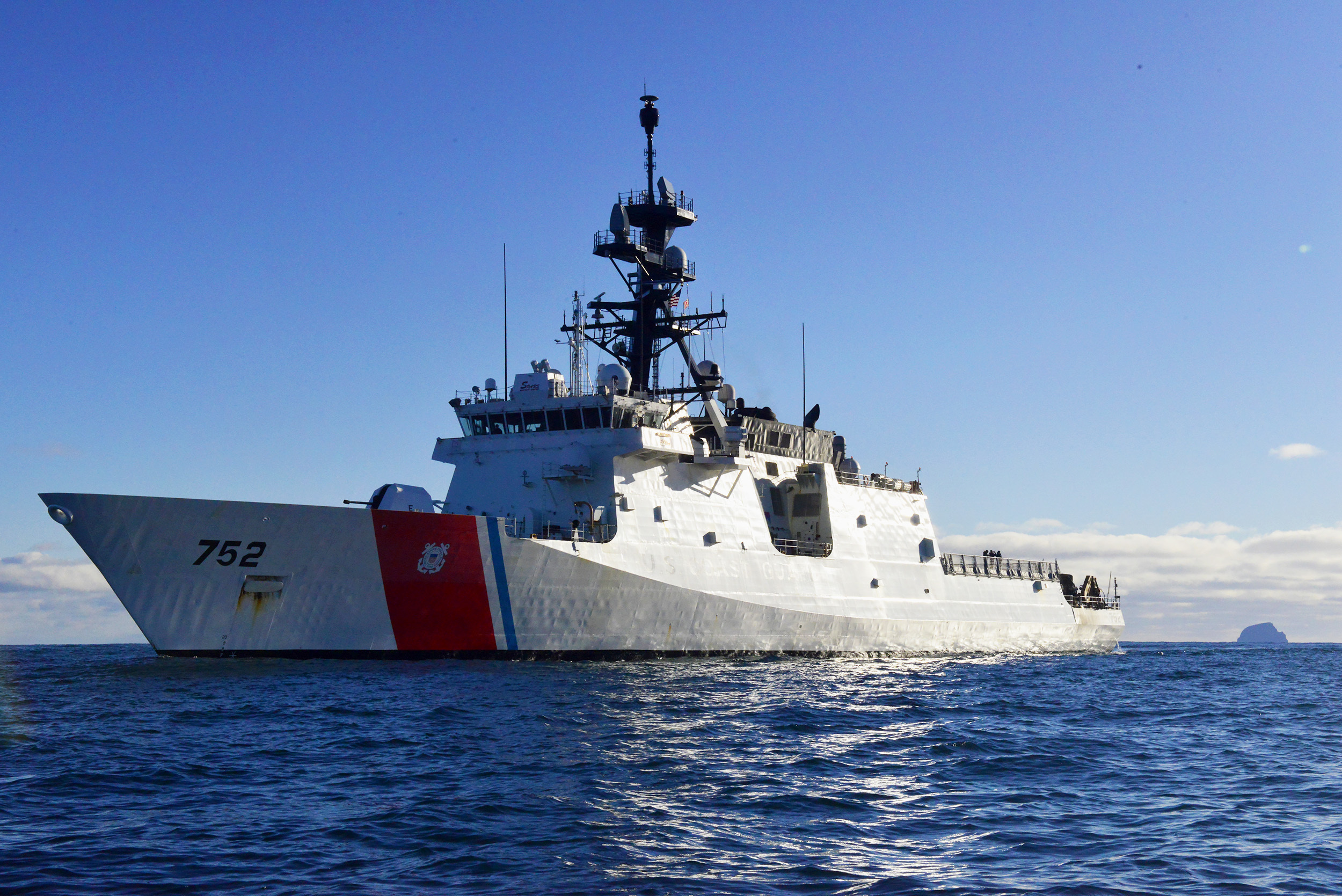
U.S., Allies Need to Operate in the High North More to Deter China, Russia, Experts Say
Physical presence by allied navies and coast guards is increasingly important as Russia builds up its military presence and China’s…
Copyright 2024 U.S. Naval Institute. All Rights Reserved.